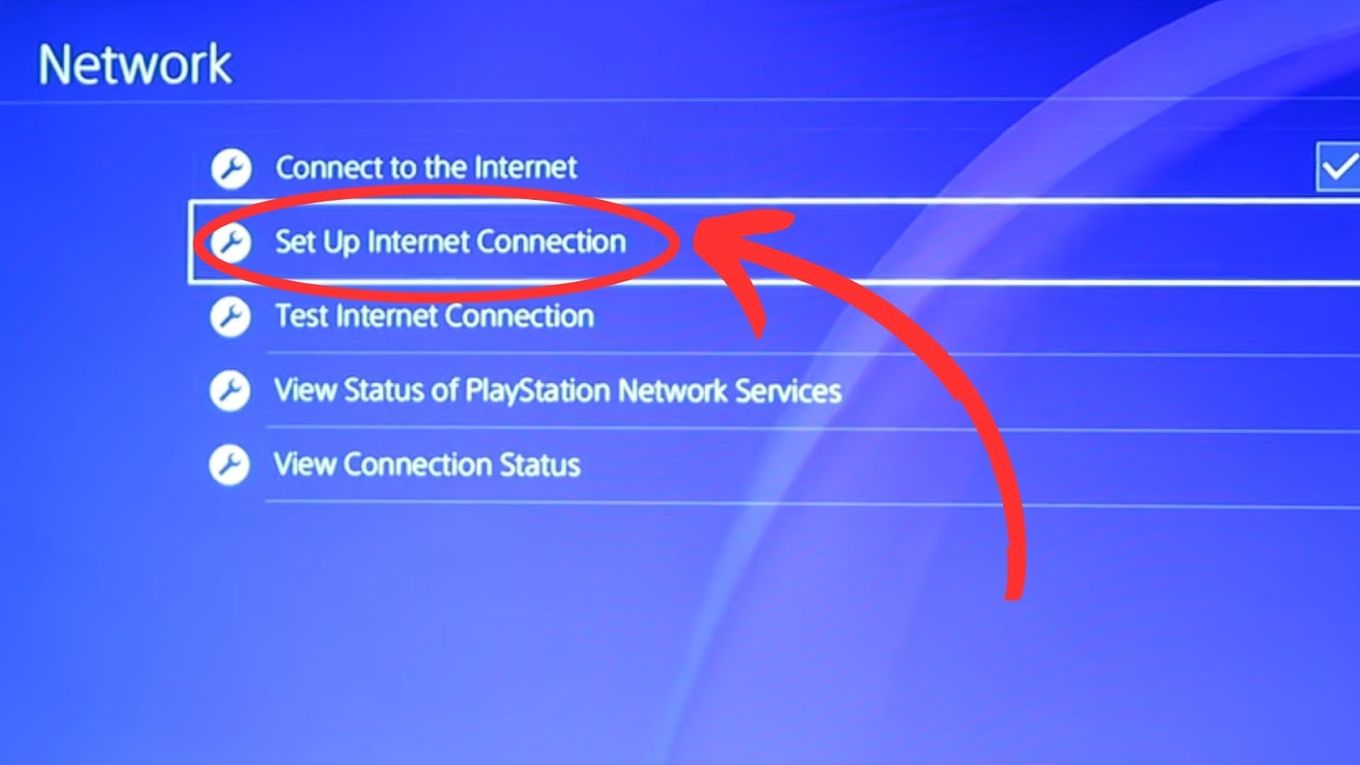Common Causes of Firefox Connection Issues
Experiencing connectivity problems with Firefox can be frustrating, especially when you're eager to browse the web or access important online resources. Understanding the common causes of these connection issues can help you troubleshoot and resolve them effectively.
-
Network Issues: The most common cause of Firefox connection problems is network issues. This can include a weak or unstable Wi-Fi signal, network congestion, or a faulty Ethernet cable. Additionally, if your device's network settings are misconfigured, it can lead to connectivity issues with Firefox.
-
Firewall Restrictions: Firewalls are essential for protecting your system from unauthorized access, but they can sometimes block Firefox from accessing the internet. If the firewall settings are too restrictive, they may prevent Firefox from establishing a connection.
-
DNS Configuration: Incorrect Domain Name System (DNS) settings can also lead to Firefox connection issues. If your DNS server is not functioning properly or if the settings are misconfigured, Firefox may struggle to resolve website addresses and establish connections.
-
Proxy Settings: If your system is configured to use a proxy server, any misconfiguration or issues with the proxy server can impact Firefox's ability to connect to the internet. Proxy settings should be carefully configured to ensure seamless browsing with Firefox.
-
Outdated Browser: Using an outdated version of Firefox can result in connection problems. Older browser versions may lack the necessary updates and security patches to maintain stable internet connectivity.
Understanding these common causes of Firefox connection issues is the first step in troubleshooting and resolving connectivity problems. By identifying the underlying issue, you can take targeted steps to address the specific cause of the problem, thereby restoring seamless internet access through Firefox.
Checking Network Settings in Firefox
When encountering connectivity issues in Firefox, it's essential to start by examining the network settings within the browser. This step allows you to pinpoint any misconfigurations or discrepancies that may be impeding Firefox from establishing a stable internet connection.
To begin, navigate to the "Settings" or "Options" menu within Firefox. This can typically be accessed by clicking on the three horizontal lines in the upper-right corner of the browser window and selecting "Options" or "Preferences."
Once in the settings menu, locate the "General" or "Network Settings" tab. Here, you can review and modify various network-related configurations that may impact Firefox's connectivity. It's crucial to pay attention to the following key settings:
Proxy Settings
Check whether Firefox is configured to use a proxy server. If a proxy server is enabled, ensure that the settings are accurate and compatible with your network environment. Misconfigured proxy settings can hinder Firefox's ability to connect to the internet.
DNS Configuration
Review the Domain Name System (DNS) settings within Firefox. Ensure that the DNS server addresses are correctly specified. If necessary, consider using alternative DNS servers such as Google DNS or OpenDNS to troubleshoot potential DNS-related connectivity issues.
Connection Settings
Inspect the connection settings to verify that Firefox is set to connect to the internet directly or through a specified network configuration. Adjustments may be required based on your network setup and any specific requirements for internet access.
Clearing Network Cache
Firefox maintains a cache of network-related data to improve browsing performance. However, this cache can occasionally become corrupted, leading to connectivity issues. Consider clearing the network cache within Firefox to eliminate any potential caching-related obstacles to internet connectivity.
By meticulously reviewing and adjusting these network settings within Firefox, you can effectively diagnose and address potential causes of connectivity issues. Once any discrepancies or misconfigurations are rectified, Firefox should be better equipped to establish a stable and reliable connection to the internet, enabling you to resume seamless browsing and online activities.
Remember, while checking network settings within Firefox is a crucial step in troubleshooting connectivity issues, it's also beneficial to assess broader network configurations on your device and network infrastructure to ensure comprehensive resolution of any underlying connectivity challenges.
Troubleshooting Internet Connection
When faced with internet connectivity issues while using Firefox, it's essential to embark on a systematic troubleshooting process to identify and address the underlying causes. By following a structured approach, you can effectively diagnose and resolve the issues impeding your ability to access the internet through the browser.
Check Device Connectivity
Begin by confirming whether other devices on the same network are experiencing similar connectivity problems. If multiple devices are unable to connect to the internet, the issue may be related to the network itself rather than Firefox. In such cases, troubleshooting the network infrastructure, including the router, modem, and network settings, becomes imperative.
Assess Network Signal Strength
For wireless connections, assess the strength and stability of the Wi-Fi signal. Weak or intermittent signals can significantly impact internet connectivity. Consider repositioning the device closer to the router or utilizing Wi-Fi range extenders to enhance signal coverage and strength.
Restart Network Devices
Simple yet effective, power cycling network devices such as the router and modem can often resolve transient connectivity issues. Turn off the devices, wait for a few minutes, and then power them back on. This process can help clear temporary network glitches and restore stable connectivity.
Verify Internet Service Status
Check the status of your internet service with your provider. Service outages or maintenance activities may be affecting connectivity. Visiting the internet service provider's website or contacting their customer support can provide insights into any ongoing service disruptions.
Run Network Diagnostics
Leverage built-in network diagnostic tools on your device to identify potential network issues. These tools can help pinpoint connectivity problems, assess network configuration, and troubleshoot common network-related issues that may be impacting Firefox's ability to connect to the internet.
Update Network Drivers
Ensure that network drivers for your device's network interface are up to date. Outdated or incompatible network drivers can lead to connectivity issues. Updating these drivers can enhance network stability and resolve internet connectivity problems.
By systematically troubleshooting the internet connection, you can isolate and address the root causes of connectivity issues with Firefox. This proactive approach empowers you to identify and resolve network-related obstacles, ultimately restoring seamless internet access through the browser.
Clearing Firefox Cache and Cookies
Clearing the cache and cookies in Firefox is a fundamental troubleshooting step to address various browsing issues, including connectivity problems. The cache stores temporary data from websites, while cookies contain site-specific information, and clearing them can often resolve persistent browsing issues.
To initiate the process, navigate to the Firefox menu and select "Options" or "Preferences," depending on your operating system. Within the privacy and security settings, locate the "Cookies and Site Data" section. Here, you can click on the "Clear Data" button to remove stored cookies and site data. Additionally, you can access the "Clear History" option to remove browsing history, cached web content, and offline website data.
Clearing the cache and cookies in Firefox offers several benefits. It can eliminate corrupted or outdated data that may be hindering the browser's performance and connectivity. By removing stored cookies, you can address authentication issues and site-specific errors that might be impeding access to certain web resources. Furthermore, clearing the cache can enhance browsing speed and efficiency by prompting Firefox to retrieve fresh data from websites.
It's important to note that clearing cookies will log you out of websites and may reset site-specific preferences. However, this action can often resolve persistent login or session-related issues. After clearing the cache and cookies, it's advisable to restart Firefox to ensure that the changes take effect.
By regularly clearing the cache and cookies in Firefox, you can maintain optimal browsing performance and address various connectivity issues that may arise. This simple yet effective maintenance task can contribute to a smoother and more reliable browsing experience, allowing you to make the most of Firefox's capabilities without being hindered by persistent browsing issues.
Disabling Firefox Extensions and Add-ons
When troubleshooting connectivity issues in Firefox, one often overlooked yet crucial step is to assess the impact of installed extensions and add-ons. While these additional features can enhance browsing functionality, they can also introduce compatibility issues, performance bottlenecks, and connectivity disruptions. Disabling Firefox extensions and add-ons can help isolate potential sources of browsing problems and restore stable internet connectivity.
To begin, access the Firefox menu and navigate to the "Add-ons" or "Extensions" section. Here, you will find a list of installed extensions and add-ons that augment Firefox's capabilities. It's essential to carefully evaluate each installed extension and consider its relevance to your browsing experience. Extensions that are outdated, incompatible with the current Firefox version, or known to cause conflicts should be prioritized for assessment.
When disabling extensions and add-ons, it's advisable to adopt a systematic approach. Start by disabling one extension at a time, then assess the impact on Firefox's performance and connectivity. This incremental method allows you to pinpoint specific extensions that may be contributing to connectivity issues. After disabling an extension, restart Firefox to ensure that the changes take effect and to observe any noticeable improvements in browsing stability.
As you disable extensions and add-ons, pay close attention to any changes in Firefox's behavior. Look for improvements in page loading times, responsiveness, and overall browsing performance. Additionally, monitor the browser's ability to establish and maintain internet connections. If disabling a specific extension leads to a noticeable enhancement in connectivity and browsing stability, it indicates that the disabled extension may have been contributing to the connectivity issues.
It's important to note that some extensions and add-ons may require periodic updates to maintain compatibility with the latest Firefox releases. If an extension is suspected of causing connectivity problems, consider checking for available updates. Updated versions of extensions often include bug fixes and performance enhancements that can address compatibility issues and improve browsing stability.
By systematically disabling and evaluating Firefox extensions and add-ons, you can identify and address potential sources of connectivity disruptions. This proactive approach empowers you to optimize Firefox's performance and ensure seamless internet access. Additionally, it allows you to curate a selection of extensions that align with your browsing needs while minimizing the risk of compatibility-related browsing issues.
In summary, the process of disabling Firefox extensions and add-ons serves as a valuable troubleshooting strategy to diagnose and resolve connectivity issues. By carefully assessing the impact of individual extensions, you can streamline Firefox's performance and enhance its ability to establish and maintain stable internet connections.
Updating Firefox to the Latest Version
Ensuring that Firefox is running the latest version is paramount in addressing connectivity issues and optimizing browsing performance. Regular updates introduce critical security patches, bug fixes, and feature enhancements that contribute to a more stable and secure browsing experience. By keeping Firefox up to date, users can leverage the latest improvements and mitigate potential compatibility issues that may impede internet connectivity.
To update Firefox to the latest version, users can follow a straightforward process. Start by accessing the Firefox menu and navigating to the "Help" option. Within the "Help" menu, select "About Firefox." This action triggers Firefox to initiate an automatic check for updates. If a new version is available, Firefox will prompt the user to download and install the update.
Alternatively, users can manually check for updates by clicking on the "Check for Updates" button within the "About Firefox" section. This manual verification ensures that users are promptly notified of available updates, allowing them to proactively maintain Firefox at the latest version.
Updating Firefox to the latest version offers several compelling benefits in the context of addressing connectivity issues. First and foremost, new releases often include performance optimizations that can enhance browsing speed and responsiveness. By leveraging the latest browser version, users can experience improved page loading times and smoother navigation, contributing to a more seamless browsing experience.
Moreover, updated versions of Firefox frequently address known connectivity issues and compatibility challenges. By deploying targeted fixes, the latest releases aim to resolve specific connectivity-related bugs and ensure that Firefox can establish and maintain stable internet connections across diverse network environments.
From a security standpoint, updating Firefox is critical in safeguarding against potential vulnerabilities that could compromise browsing security and privacy. New versions often integrate essential security patches that fortify the browser against emerging threats, thereby reducing the risk of malicious exploits that could impact internet connectivity and overall browsing safety.
In essence, updating Firefox to the latest version is a proactive measure that not only enhances browsing performance and stability but also reinforces the browser's resilience against potential connectivity disruptions and security risks. By embracing the latest updates, users can optimize their browsing experience and maintain a robust, secure, and reliable connection to the internet through Firefox.

























